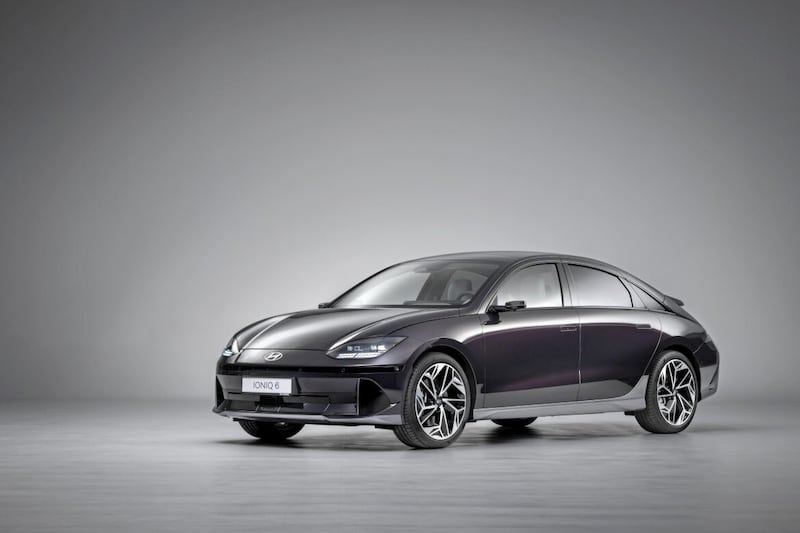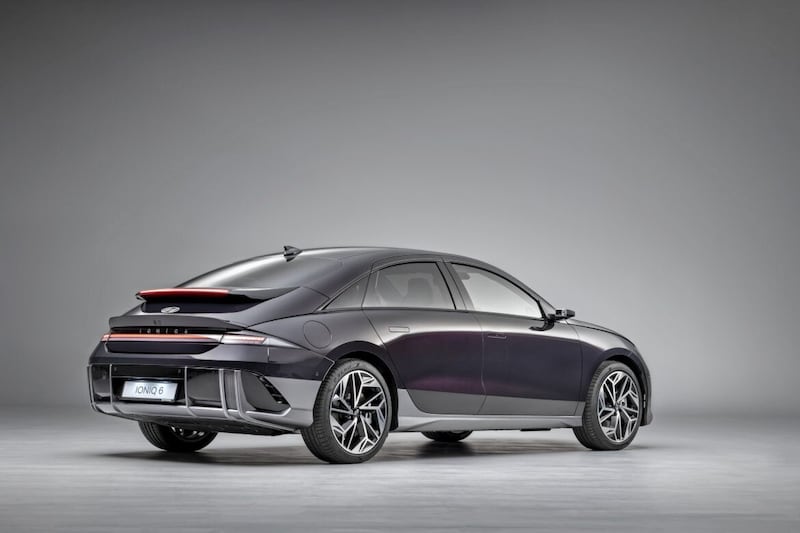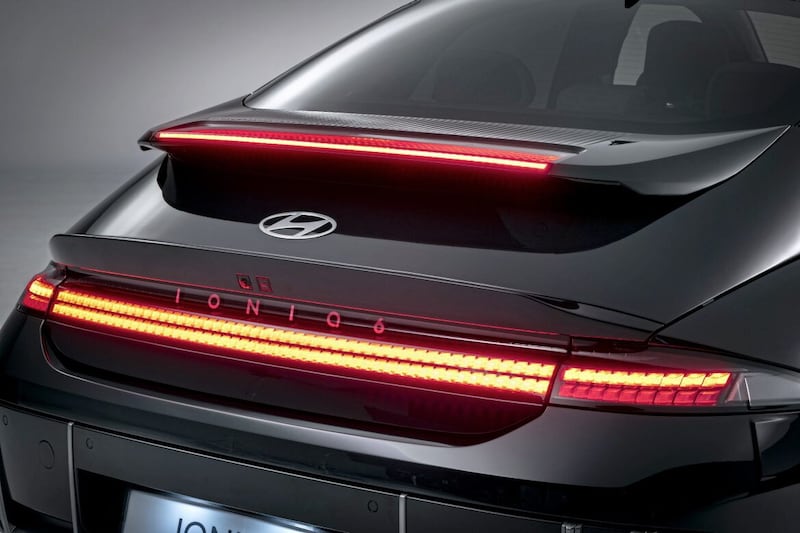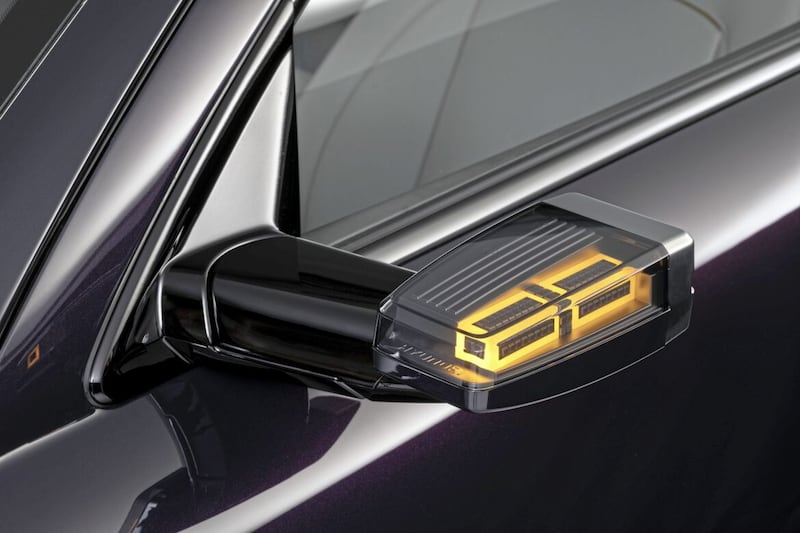ALL those Tesla Model 3s and Model Ys you see everywhere these days are four-wheeled zero-emissions proof of the power of disruption, writes William Scholes.
From being viewed as an eccentric, niche proposition and dismissed by the powers-that-be at established car-makers, Tesla has in short order become not only the world's most prolific producer of electric vehicles but also the single most important automobile-maker.
That the sort of people who once, almost religiously, bought a new BMW 3 Series, Audi A4, Mercedes C-Class and their ilk every few years - or got a new one through their employer - suddenly wanted a car from an American company no-one had heard of a few years ago is quite the shift.
Those German premium brands and others have been playing catch-up ever since Elon Musk's plan for world domination started to fall into place.
The Tesla story shows, among other things, that there's a growing number of style conscious and tech savvy buyers who are prepared to try something new, and not just continue to buy a Volkswagen/BMW/Ford/etc because that's what they have always done before.

Thus we have new brands - like the excellent Polestar, with its stylish Polestar 2 - or old ones reinvented, like MG, finding appreciative new audiences with its EVs, including the shrunken-in-the-wash Lamborghini Urus-esque MG4.
With buyers' heads ready to be turned by something new, it's no surprise that in this new era, car design is undergoing a renaissance. Each new model is, after all, an, 'Oi, look at me, I'm over here...', calling card.
EVs give designers extra freedom to get creative. Internal combustion cars have bulky engines and exhaust systems that dictate the structure and general shape of a given car.
Electric cars, meanwhile, are typically built on 'skateboard' chassis, with the batteries essentially forming the car's floor and the motors small enough to be tucked away. EVs still need cooling systems and heating and ventilation hardware, but in a clean-sheet design this can be packaged far more efficiently than in any petrol car.
Some have already exploited the possibilities to a promising degree, while others have seemed reluctant. The Jaguar I-Pace, for example, is a convincingly modern car; the Audi e-tron rival is just another SUV.
Hyundai put itself firmly into the disruptor bracket with its striking Ioniq 5, a jumbo hatchback that manages to be both retro and futuristic, and unlike anything you've ever seen before wearing a Hyundai badge.

The EV hardware beneath the bodywork is excellent (it can also be found underpinning Kia's striking EV6), and as a package, there's nothing on offer from Volkswagen, Skoda, Ford or any other rival that comes close.
Further Hyundai disruption is imminent in the shape of the car pictured here, the Ioniq 6. Where the Ioniq 5 is all origami creases, the Ioniq 6 is a curvy swoop-fest, with Hyundai describing its coupe-saloon as a 'streamliner'.
Prices have just been announced, with the starting point at £46,745. For now, all Ioniq 6 models that will be sold in Northern Ireland will come with a 77kWh 'standard long range' battery. You can have it with rear-wheel-drive and a claimed range of 338 miles or with two motors, four-wheel-drive and 322 miles.

Performance is strong in either case - the rear-wheel-drive car covers 0-62mph in 7.4 seconds and the four-wheel-drive in a rapid 5.1 seconds. Top speed is limited to 115mph in both.
The single-motor car has 225bhp and 258 lb ft at its disposal; the dual-motor Ioniq 6 turns that up to 321bhp and a walloping 446 lb ft.
There are two trim levels at launch, Premium and Ultimate. The Premium rear-wheel-drive starts at £46,745, with the four-wheel-drive version £50,245. That's the same price as a rear-wheel-drive Ioniq 6 in Ultimate trim, with four-wheel-drive raising that to £53,745. This might seem a lot for a Hyundai, though in today's market it's not a lot for an electric car of this size, range and quality.
There aren't many options, though digital side mirrors - using cameras instead of mirrors - adds £995. A 'Vehicle 2 load' adapter is £375. It allows you to plug a mains electric device in to the car and run it from the car's battery.
It's all a long way from the days when the Getz and Accent were Hyundai's bread and butter... and the Ioniq 6 is another example of how the motoring world's old hierarchies are being usurped.







